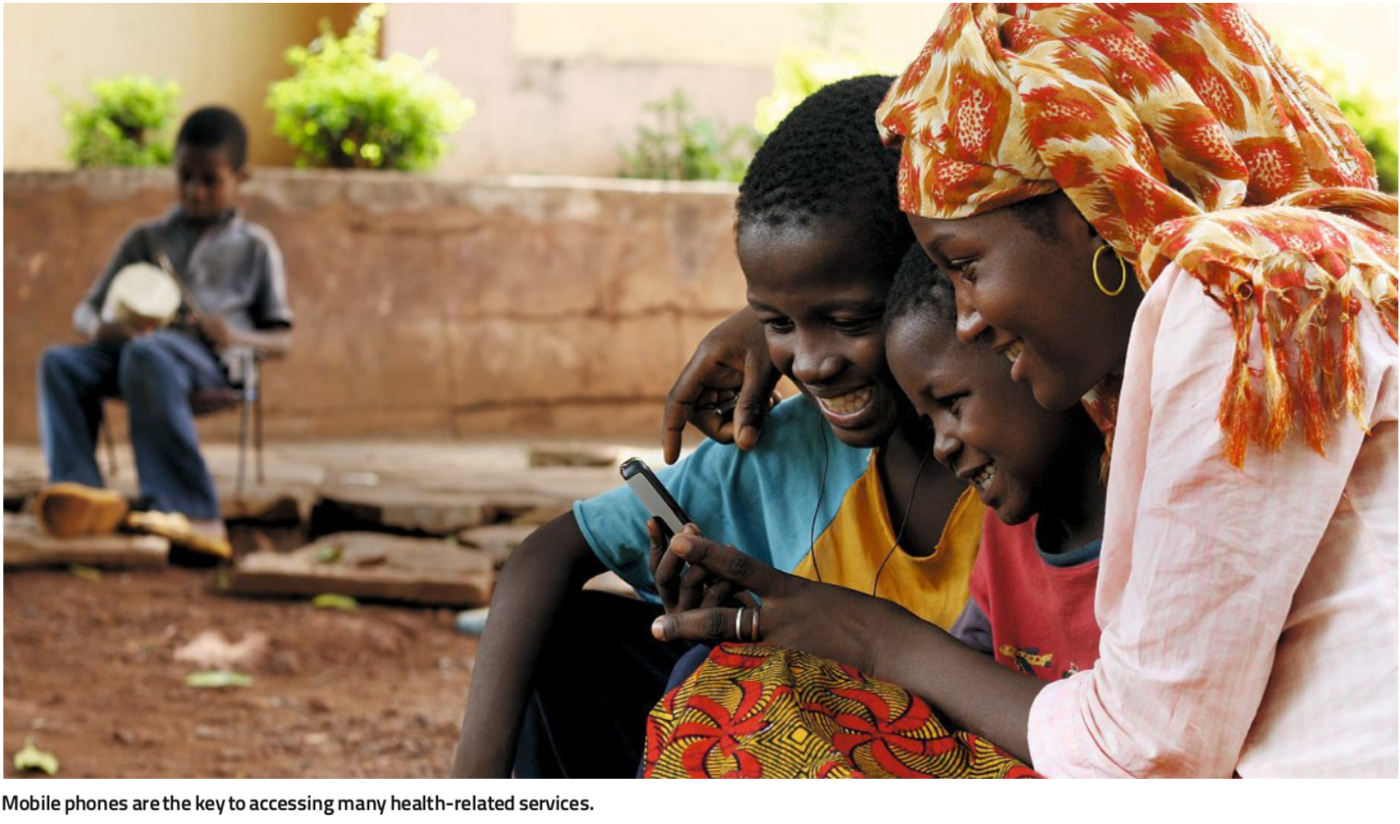Evidence on digital communications for remote healthcare delivery in a post-COVID 19 world
 Cape Town | A group of researchers from the South African Medical Research Council (SAMRC), together with local and international colleagues, recently conducted two Cochrane systematic reviews which considered mHealth from the perspective of clients and health workers. mHealth is the use of mobile, digital devices to register clients, track their health, and make decisions about care, as well as to facilitate communication with clients and other health workers.
Cape Town | A group of researchers from the South African Medical Research Council (SAMRC), together with local and international colleagues, recently conducted two Cochrane systematic reviews which considered mHealth from the perspective of clients and health workers. mHealth is the use of mobile, digital devices to register clients, track their health, and make decisions about care, as well as to facilitate communication with clients and other health workers.
With the advent of Covid-19 in South Africa and the rest of the world, measures such as social distancing have been put in place to reduce the risk, leading to a growing demand to find new innovative ways to deliver essential services to the people, including healthcare. Several services switched virtually overnight to digital remote delivery, thus showcasing of the tremendous potential of digital communication tools.
According to World Health Organization (WHO) the effects of the pandemic on health systems may be with us for a while. Remote health care and telehealth offer alternatives to face-to face consultations between patients, the public and other health care staff, particularly during pandemics. However, the authors of these reviews argue that it is not without its challenges and should draw on evidence to inform policy and practices of digital health services in a post-COVID world. The findings of the two Cochrane reviews recognize the promise of mHealth but suggest a measured approach in thinking through the practicalities of how this may be implemented, considering the perceptions and experience of health care providers and clients.
The First Review…
The first review synthesised qualitative evidence on clients’ views on targeted client communication (brief text or voice messages that offer healthcare information, advice, reminders, monitoring, and support), related to reproductive, maternal, newborn, child, or adolescent health. It found that while clients felt a sense of support and connectedness, there were concerns about issues of access (electricity, poor network connectivity and costs), and about protecting their privacy. (For a summary of the implementation considerations of both reviews, see the links to the studies below).
The Second Review…
The second review synthesised qualitative evidence on health workers' perceptions and experiences of using mHealth technologies to deliver primary healthcare services and offer reasons why some technologies are perceived to be more effective than others. Health workers valued the use of mobile technology for the new and positive forms of engagements it provided, amongst health care workers, and with clients and communities, but there were also downsides. Concerns included health systems questions (e.g. appropriateness, health worker consultation skills, and digital literacy levels), technical and infrastructural questions (e.g. costs, access to electricity, network connectivity, technical support), and issues of acceptability and equity (e.g. fairness of access for the most needy).
Impact on Policy and Practice
More than ever, the physical distancing demands of COVID-19, will require capacity to deliver healthcare in new ways, delivered remotely, and with the support of mobile phones. Take for example a patient with HIV or diabetes, who could receive information on their mobile phone about alternative ways to access their medication. Or a rural health nurse, using her mobile phone to consult with colleagues remotely, on how to deal with a suspected COVID-19 client. Mobile phone technology is also key in South Africa’s COVID-19 surveillance response, with the distribution of 1500 mobile handsets to health workers, to support the tracking and tracing efforts.
The findings in these reviews can inform policy, practice, and management of mHealth and telehealth, and also highlight the key implementation considerations. These can help governments and health authorities think more deeply and critically, about how they can use these digital health interventions appropriately and optimally. They also form part of a larger set of reviews by the Cochrane Collaboration focusing on remote care through telehealth for COVID-19. See https://www.cochranelibrary.com/collections/doi/SC000043/full
The reviews contributed to the 2019 WHO Guideline on Recommendations on Digital Health Strengthening that highlighted the implementation challenges to successful digital health services. https://apps.who.int/iris/bitstream/handle/10665/311941/9789241550505-eng.pdf?ua=1
NOTE TO EDITOR
Summary of First Review: Mobile phones for targeted communication with clients, patients and the public: implementation considerations; Associated Cochrane Clinical Answer: What are the perceptions and experiences of targeted digital communication via mobile devices for reproductive, maternal, child, and adolescent health?
Summary of Second Review: Mobile phones for health workers in primary care: implementation considerations

